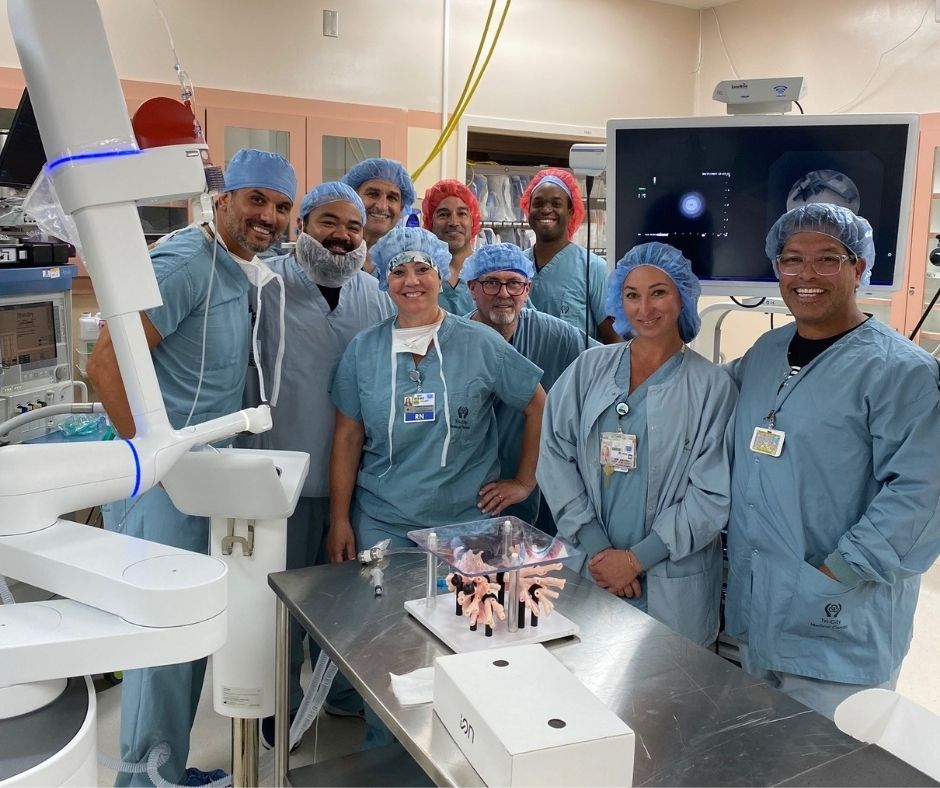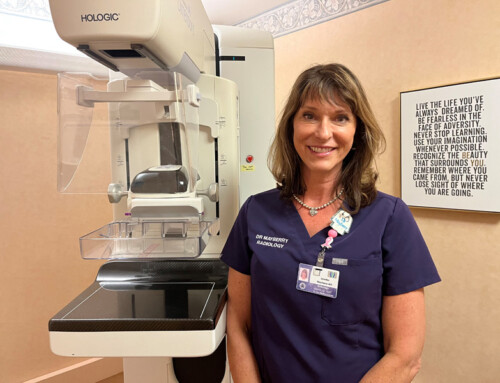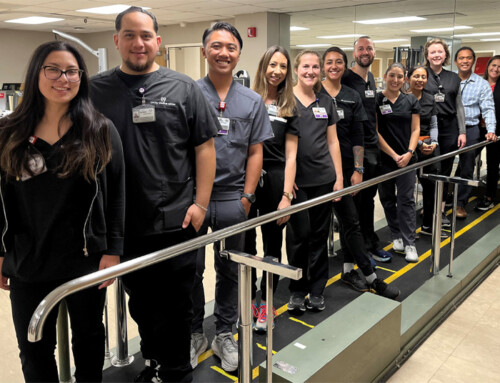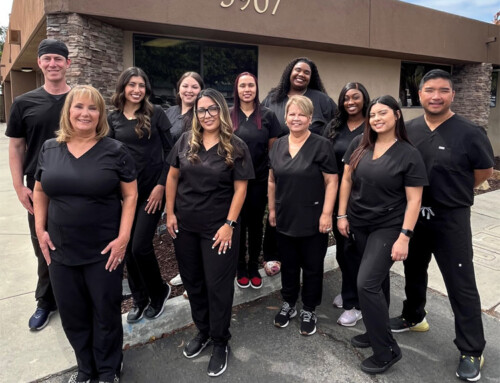
Ion Robotic-Assisted Bronchoscopy: New Technology Helps Physicians at Tri-City Medical Diagnose Lung Cancer Earlier
Tri-City Medical Center (TCMC) now offers robotic-assisted bronchoscopy, a minimally invasive procedure used to biopsy lung tissue when cancer is suspected. Lung cancer is the leading cause of cancer death in the United States and an individual’s survival depends on the cancer’s stage (how far it has spread), type (small cell, non-small cell or other) and location.
“Survival rates improve when lung cancer is identified at stage I or II when the nodule, which is an abnormal mass, is small and still in the lung,” said Marius Viseroi, MD, a board-certified pulmonologist and critical care medicine specialist at TCMC. “For too long now, we have been limited in our ability to find and treat these tiny malignant nodules located deep within the peripheral lung, resulting in more patients being diagnosed at stages III or IV when the cancer has spread to other parts of the body, as well as significantly lower survival rates. We’ve had to wait until the nodule was bigger to safely biopsy it.”
A low dose computed tomography (CT) scan is used for lung cancer screening as it shows greater details about possible tumors than an X-ray. If something looks suspicious, the next step, if the tumor is on the outer part of the lung, is a CT-guided biopsy, which entails inserting a large, hollow needle through the skin of the chest wall into the lung. Although this transthoracic needle biopsy has been the gold standard for decades, there is an increased risk for a pneumothorax, or air leak, at the biopsy site causing the lung to collapse.
Now, with robotic-assisted bronchoscopy using the Ion Endoluminal System, pulmonologists can guide an ultra-thin, flexible catheter through the patient’s mouth and airway to the exact location of the smallest nodule anywhere in the lung, even if it’s in the tiny branches called bronchioles. An integrated vision probe allows them to see their movements on a screen and navigate their way to the nodule in real time based upon 3D ‘airway trees’ generated from CT scans of the patient’s lung that serve as a roadmap. Ion’s ‘shape-sensing’ technology provides precise location and shape information during the entire process. As the lungs are constantly moving because the patient is breathing, it also stabilizes the catheter in place.
“Once I’ve reached the nodule, I lock the catheter into place and insert the Flexision™ biopsy needle through the catheter to take a lung tissue sample,” said Dr. Viseroi. “We immediately do the pathology in the same room and if the cells are malignant, then I ‘tag’ the size and location of the cancer using a special dye. The patient is moved to an OR, where a thoracic surgeon removes the nodule that same day. The patient only has to undergo anesthesia one time, complications are reduced because we access the area internally and the surgeon knows the exact location of the tumor. This is a game-changer for patients who used to wait many days before learning their biopsy results and having a separate procedure. ”
If the nodule is too big and can’t be removed surgically, a TCMC physician may recommend chemotherapy, targeted therapy or radiation to treat the lung cancer.
Intuitive, the company that created Ion and maker of da Vinci robotic surgical systems, is focused on ‘stage-shifting’ lung cancer diagnosis to improve survival rates with its new technology. According to Intuitive, more than 70% of all lung cancer nodules are located in the outer one-third of the lung, an area full of tight spaces and narrow airways that may be hard to reach. Now that doctors have a way to access these areas, they can more accurately diagnosis lung cancer in patients at earlier, more treatable stages. Findings from the multicenter PRECIsE study show that Ion is a safe and effective way to biopsy lung tissue and has a 0% pneumothorax rate requiring a chest tube compared to traditional biopsy methods.
“There has been tremendous progress in the technology, allowing us to give people more precious time to live longer and enjoy a good quality of life,” added Dr. Viseroi. “North County residents now have Ion as an option at TCMC for diagnosis should they have the signs and symptoms of lung cancer or be at high risk.”
If you are a doctor, with a patient, or a patient who may benefit from this procedure, please contact: Whitney Richey, Office Supervisor at Pulmonary Specialists of North County at wmrichey@tcmc.com or by calling 760.295.2127.





